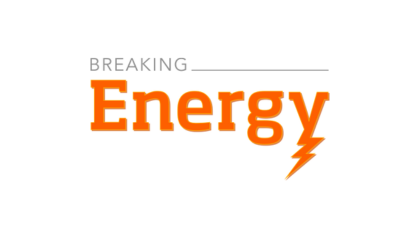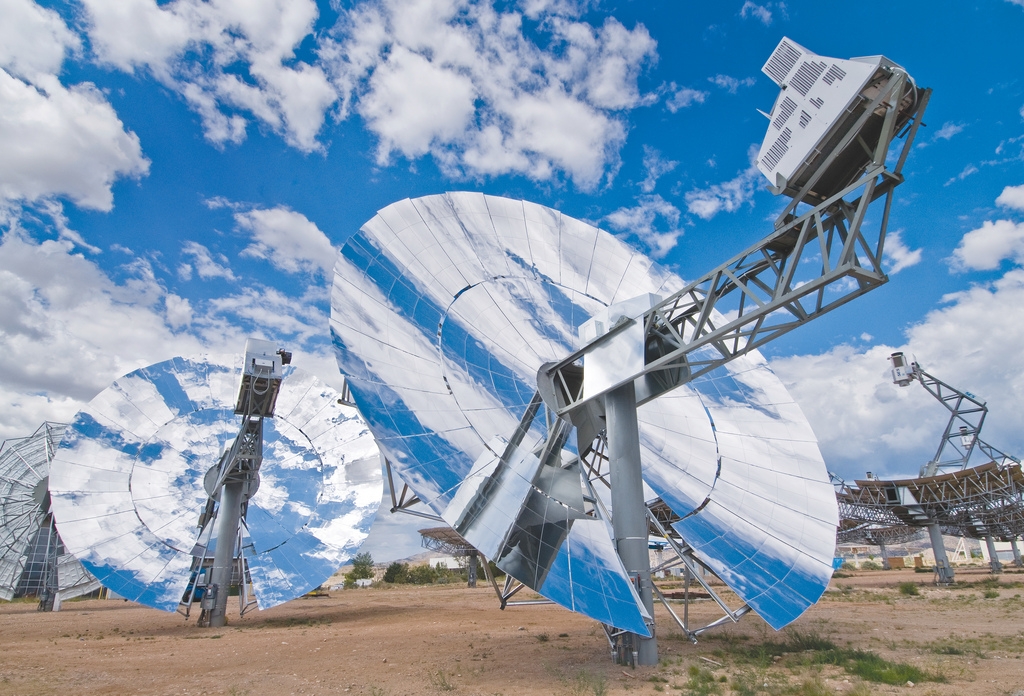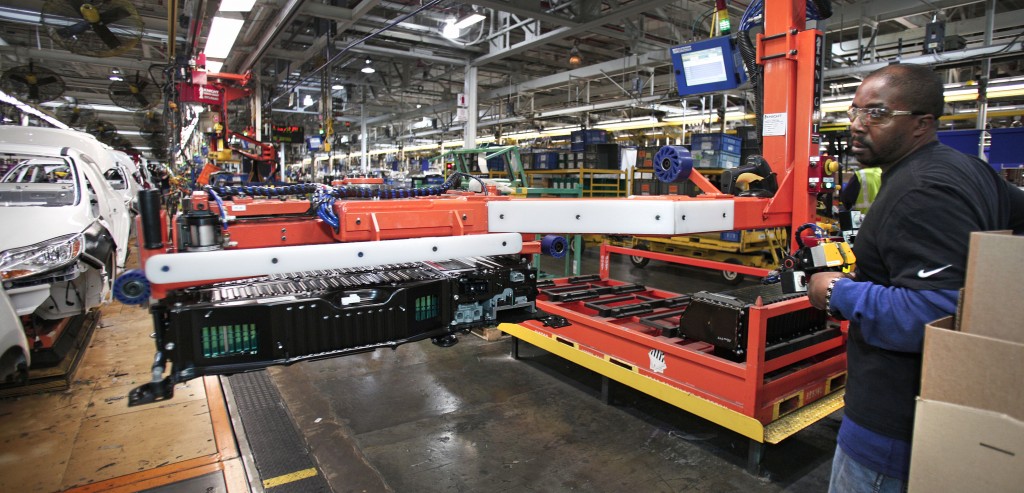To see that the clean energy economy is creating jobs in communities across the United States, look no further than the Energy Department’s recent Revolution Now report — which shows rapidly falling prices and rising deployment of clean and renewable technologies. Thanks to federal and private sector investments, clean energy technologies like wind power, solar, LED lighting and… Keep reading →
Sandia National Laboratories
Sign up and get Breaking Energy news in your inbox.
We will never sell or share your information without your consent. See our privacy policy.For more than 60 years, the Energy Department’s National Labs have played a crucial role in the national security of the United States. Founded during the immense investment in scientific research and technical innovation in the period preceding World War II, the National Labs conduct cutting edge research in a diverse variety of fields, advancing the safety and… Keep reading →
Everything You Ever Wanted to Know About Electricity Storage (Investors Too)
By Smart Grid NewsQuick Take: A decade after its original publication, a coalition of industry organizations has updated its Electricity Storage Handbook. The document was produced in collaboration by Sandia National Laboratory, the Electric Power Research Institute (EPRI), the U.S. Department of Energy (DOE) and the National Rural Electric Cooperative Association (NRECA). Although focused on transmission and distribution… Keep reading →

Five years isn’t long in the energy business, where project development cycles can stretch into decades. That makes the emergence of the cellulosic biofuels business as a commercial force in the US in the past five years even more striking.
While the industry is making rapid strides to commercial maturity and widespread use, it has lacked common templates for creating and building successful production facilities that can be integrated into all-important infrastructure. The Advanced Ethanol Council, only five years after Congress called for aggressive development to alleviate US dependence on foreign oil and the Renewable Fuel Standard was signed, is seeking to provide highly detailed information about those facilities that are under development. Keep reading →

Commodity derivatives trading in water?
It’s not as far-fetched as it sounds, and it may become part of the energy business soon. Keep reading →

The Department of Energy‘s Sandia National Laboratories has developed a radically new way to remove heat from computer components using a design that is 30 times more efficient than current heat exchangers.
In conventional systems, metal fins, combined with a fan, transfer heat away from sensitive part. But heat still gets trapped in the pockets of air in that adheres to and envelops all surfaces, or boundary areas, of the heat exchanger. Keep reading →



